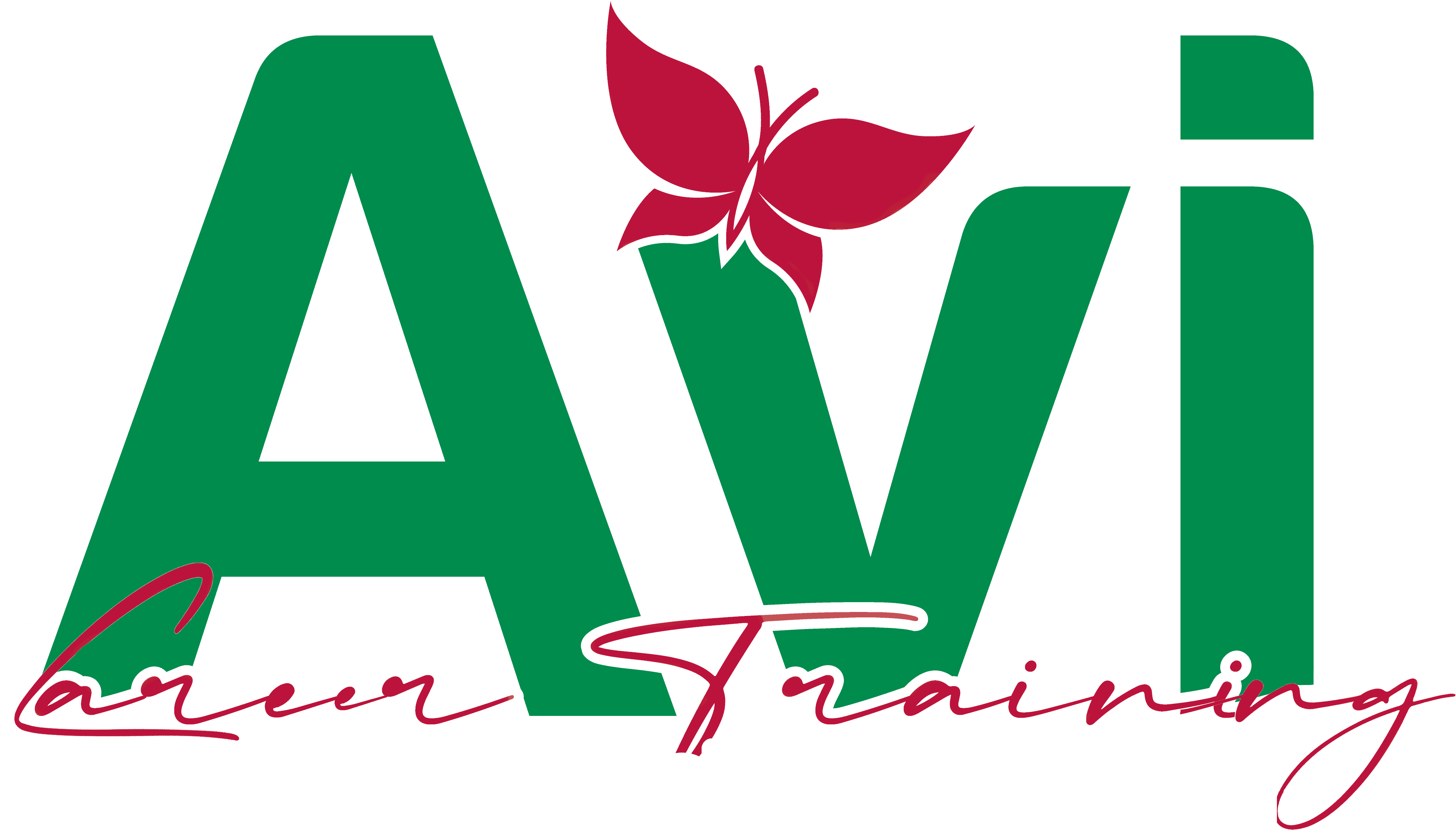Think you can't get financial aid for beauty school because you're not a U.S. citizen? Think again. Thousands of non-citizens successfully fund their cosmetology education every year through federal aid programs, and you might qualify too—even at schools like AVI Career Training, an accredited Cosmetology school and Esthetics School in Fairfax County. Whether you're planning to take an esthetician course or pursue cosmetology, support may be available.
The truth is, many non-citizens are eligible for the same federal financial aid as U.S. citizens – including grants, loans, and work-study programs that can cover your entire beauty school education. Even if you don't qualify for federal aid, there are still plenty of funding options available.
Here's your complete roadmap to funding your beauty school dreams, regardless of your citizenship status.
Step 1: Determine Your Eligibility Status
Before you start any applications, you need to know exactly where you stand. The government divides non-citizens into two categories: eligible and ineligible for federal student aid.
You ARE eligible for federal aid if you're:
- A lawful permanent resident (green card holder)
- A refugee or asylum grantee
- A U.S. national or citizen of the Freely Associated States
- A Cuban-Haitian entrant
- A holder of a T-visa (trafficking victims)
- A holder of certain other humanitarian visas
You are NOT eligible for federal aid if you're:
- A DACA (Deferred Action for Childhood Arrivals) recipient
- On Temporary Protected Status (TPS)
- Under Deferred Enforced Departure (DED)
- An undocumented immigrant
- An international student on a student visa
- Someone without a Social Security Number
Here's the important part: your parents' citizenship status doesn't affect your eligibility. If you're an eligible non-citizen, you qualify for aid regardless of your parents' immigration status.

Don't panic if you fall into the "ineligible" category. We'll cover your options in Step 4, and they're better than you might think.
Step 2: Gather Your Documentation
Getting your paperwork ready is crucial, especially as a non-citizen. The verification process takes longer, so start early.
For Eligible Non-Citizens, you'll need:
- Your Social Security Number
- Your Alien Registration Number (A-number) from your immigration documents
- Your driver's license (if you have one)
- Bank statements and investment records
- Tax returns or tax transcripts (yours and your parents' if you're dependent)
- Untaxed income records
- Your immigration documents (green card, I-94, etc.)
Pro tip: Make copies of everything. If the initial automated match doesn't confirm your status, you'll need to submit original immigration documents to your school's financial aid office.
Your A-number is especially important – it's what the system uses to verify your eligible status with the Department of Homeland Security. This verification usually happens within 15 days, but having all your documents ready speeds up the process.
Step 3: Complete Your FAFSA Application
Now for the main event: filling out your Free Application for Federal Student Aid (FAFSA). The good news? It typically takes just 30 minutes.
Start by creating an FSA ID at studentaid.gov. This becomes your electronic signature for all federal aid documents. Both you and one parent (if you're dependent) need separate FSA IDs.
When filling out the FAFSA:
- Select "Eligible noncitizen" in the Student Citizenship section
- Enter your A-number exactly as it appears on your documents
- Complete all sections honestly and thoroughly
- Submit your application
The system will automatically check your status against Department of Homeland Security records. If there's a match, you're all set. If not, don't worry – your school's financial aid office will guide you through providing additional documentation.
Important timing note: Submit your FAFSA as early as possible. Some aid is awarded on a first-come, first-served basis, and you want to be first in line.

Step 4: Explore Alternative Funding Options
If you're not eligible for federal aid, don't give up. There are still several ways to fund your beauty school education.
Private Scholarships
Many private scholarships don't require citizenship. Search platforms like Scholarship.com, Fastweb, and College Board's scholarship search. Some beauty industry organizations offer scholarships specifically for aspiring cosmetologists, regardless of citizenship status.
State Financial Aid
Some states offer their own financial aid programs for residents, including undocumented students. States like California, Texas, New York, and others have specific programs. Check with your state's higher education agency.
In-State Tuition Benefits
Many states allow undocumented students who meet certain criteria (like graduating from a state high school) to pay in-state tuition rates. This can significantly reduce your education costs.
Institutional Aid
Many beauty schools offer their own scholarships and payment plans. Some schools use FAFSA information to award institutional aid even to students who don't qualify for federal aid.
Complete the FAFSA Anyway
Even if you're undocumented, you should still complete the FAFSA by selecting "Neither U.S. citizen nor eligible noncitizen." While this won't get you federal aid, many schools use this information to determine eligibility for their own scholarships and state aid programs.

Step 5: Choose an Accredited Beauty School
Here's a crucial point many people miss: not all beauty schools can accept federal financial aid. Your school must be accredited and participate in federal student aid programs.
What to look for:
- Regional or national accreditation
- Participation in Title IV federal aid programs
- State licensing board approval
- Good job placement rates
- Comprehensive curriculum covering your career goals
At AVI Career Training—a Cosmetology school and Esthetics School in Fairfax County—we're proud to be an accredited institution that participates in federal student aid programs. Whether you're enrolling in an esthetician course or a cosmetology program, this means eligible students can use their federal aid to cover tuition, books, supplies, and even living expenses while pursuing their beauty career dreams.
Federal aid can cover more than you think:
- Tuition and fees
- Books and supplies
- Transportation costs
- Housing and food
- Dependent care for student parents
- Equipment and uniforms
Types of aid you might receive:
- Pell Grants: Up to $7,395 per year (doesn't need to be repaid)
- Federal Direct Loans: Low-interest loans with flexible repayment options
- Work-Study Programs: Part-time jobs to help pay for school
- SEOG: Supplemental grants for students with exceptional financial need
Remember, grants don't need to be repaid – they're essentially free money for your education.
Making Your Dreams Reality
The beauty industry is booming, with job growth projected well above average. Whether you dream of working in a high-end salon, starting your own business, or specializing in areas like medical esthetics, proper training is your foundation.
Don't let questions about financial aid eligibility stop you from pursuing your goals. The Office of Federal Student Aid distributes over $150 billion annually in grants, loans, and work-study funds – and a portion of that could be yours.
Your next steps:
- Determine your eligibility status today
- Start gathering your documents
- Create your FSA ID
- Complete your FAFSA
- Research accredited beauty schools in your area
Remember, regardless of your age, race, or your parents' immigration status, you should apply for financial aid. Even if federal aid isn't an option, completing the process opens doors to other funding opportunities.
The path to your beauty career starts with a single step. Take that step today, and let financial aid help turn your dreams into reality.

Your future in the beauty industry is waiting – and it's more affordable than you think.
